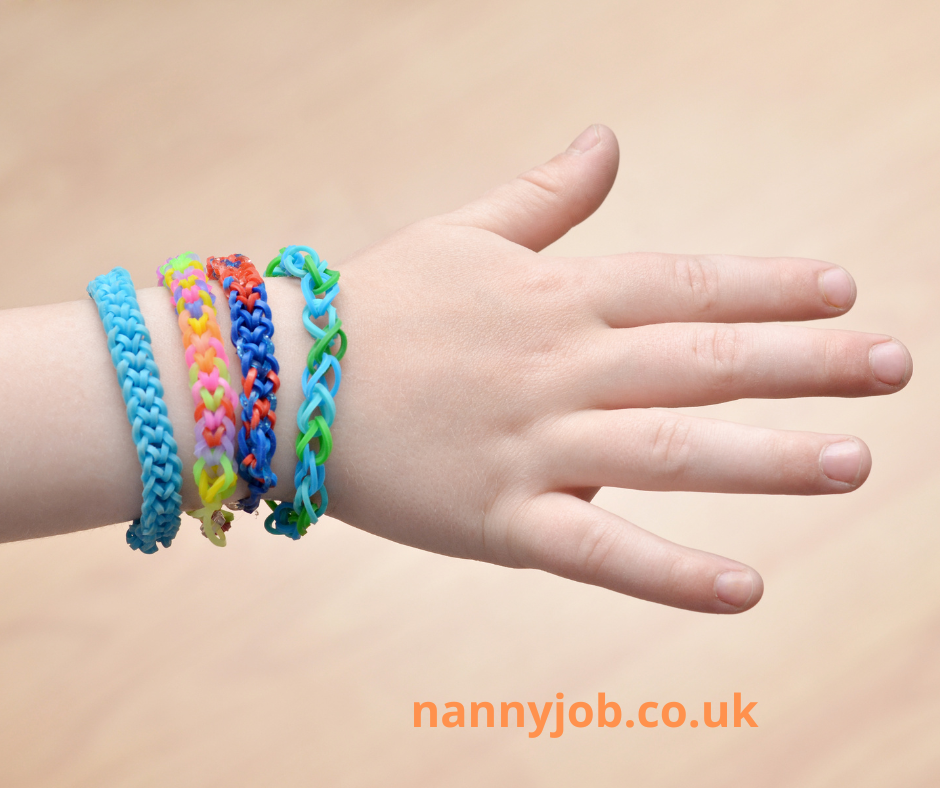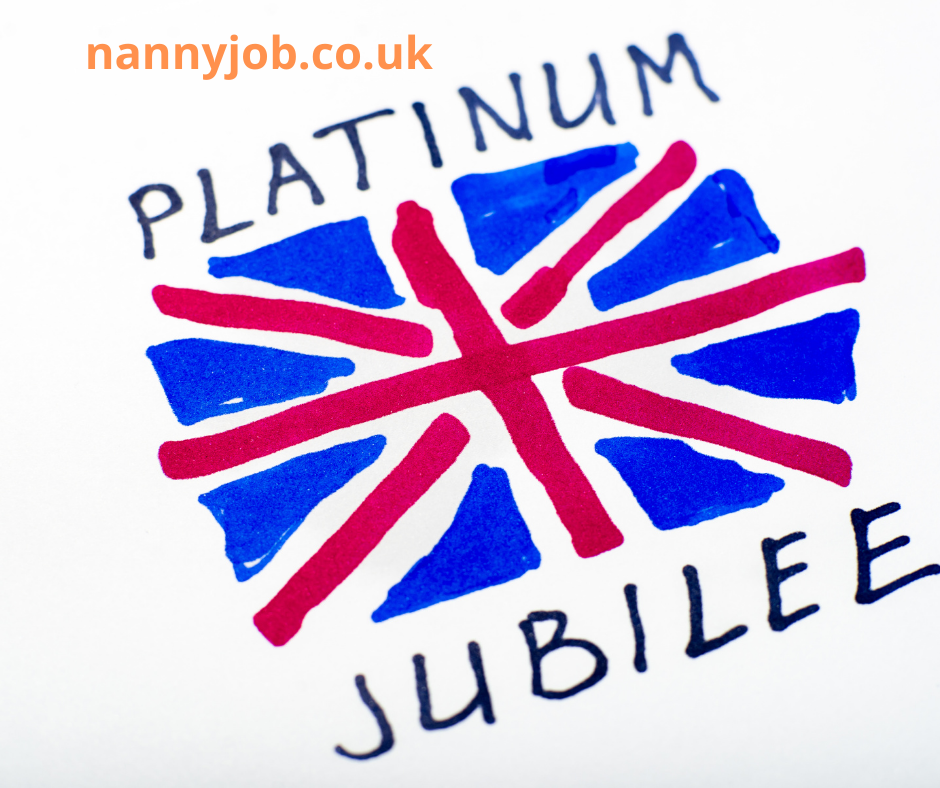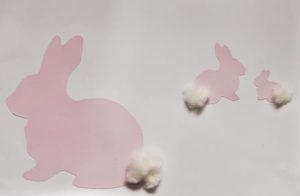It’s National Friendship Day on Sunday, taking time to show our friends how important they are to us is a good lesson to teach our little ones, recognising and appreciating good friendships is critical in this current world and knowing who you can love, and trust is a great skill to learn from an early age.
National Friendship Day offers a special opportunity to go beyond the normal, everyday appreciation of friends.
So, what can we do to show our appreciation and what can out little ones do for their friends?
Spend Time with a Friend
Beyond cards or gifts, truly the best way to show a person how much their friendship means is by spending quality time with them. Offer to take them for a cup of coffee, have a chat over an ice cream cone, or even just go for a walk in the park. Practice being a good listener and be an encouragement for whatever is going on in your friend’s life.
Create and Send a Card to a Friend
You don’t have to spend a lot on a card, handmade, personal cards will show how much you care even more and so will the words you put inside. Your little ones will love making cards for their friends too!
Get creative with drawing, stamping, painting, or cutting out pictures to make a collage. It might even be fun to get super crafty and make handmade paper to write the note on. Grab an envelope, put it in the mail, and let that friend know how much they are appreciated on National Friendship Day!
Friendship Bracelets.
How about making a friendship bracelet with your older children? For over 50 years friendship bracelets have been given as a sign of love and affection between friends. These handmade tokens can be large or small, intricate, or simple, but what is most important is that they are made with love! A quick search of the internet will soon show you how to make them!
Bake Friendship Bread
Your little ones will love doing this and what a super gift to give to those special people in their lives!
A tradition started by Amish people; friendship bread is made from a sourdough starter that is often given by a friend. Each time a loaf is made, a small portion of the starter is kept aside for the next loaf, which is perfect for National Friendship Day.
Because it contains yeast, the friendship bread starter is placed in a warm area where it is stirred daily and can “grow.” Keeping the starter alive means adding a few ingredients on certain days, like flour, sugar, and milk. It usually takes about ten days for the starter to be ready to make another loaf.
Once a person has the starter (or has patiently made one from scratch), this is a delicious bread that is easy to make, including ingredients like flour, eggs, baking soda and cinnamon. Because it uses a lot of sugar to make the yeast grow, Amish Friendship bread has a delightfully sweet flavour to it, suitable for toasting or simply eating slathered with butter.






